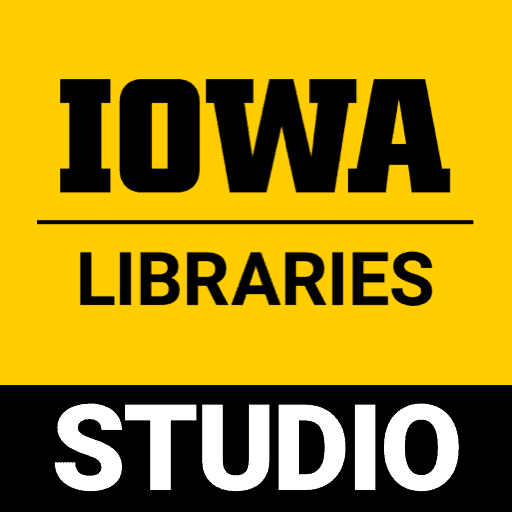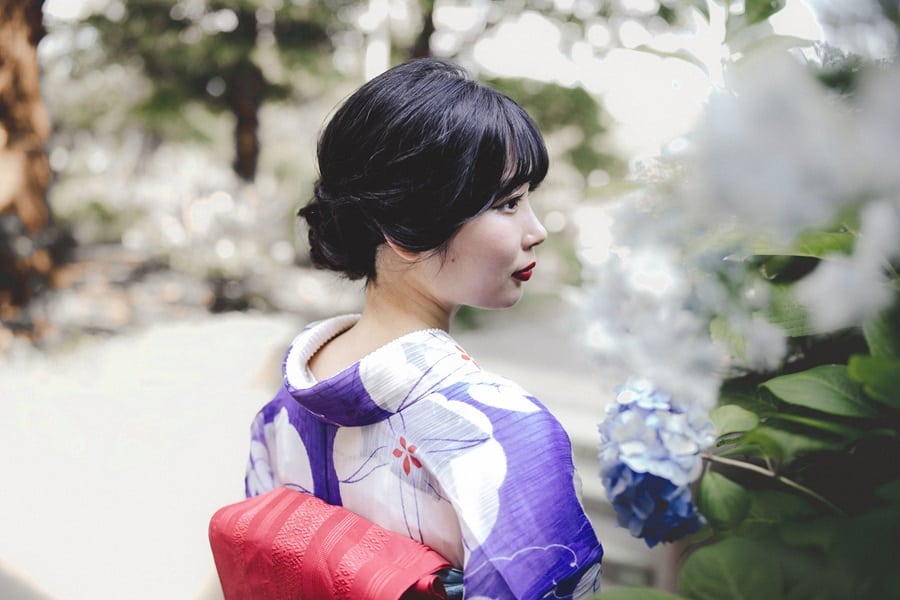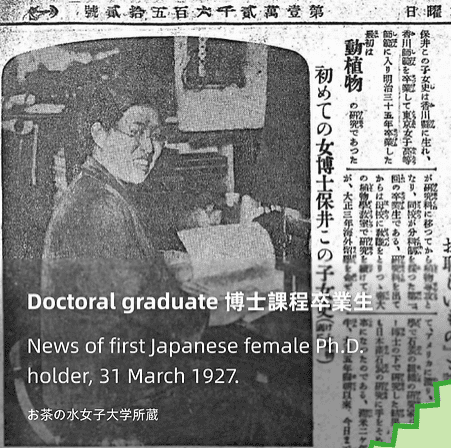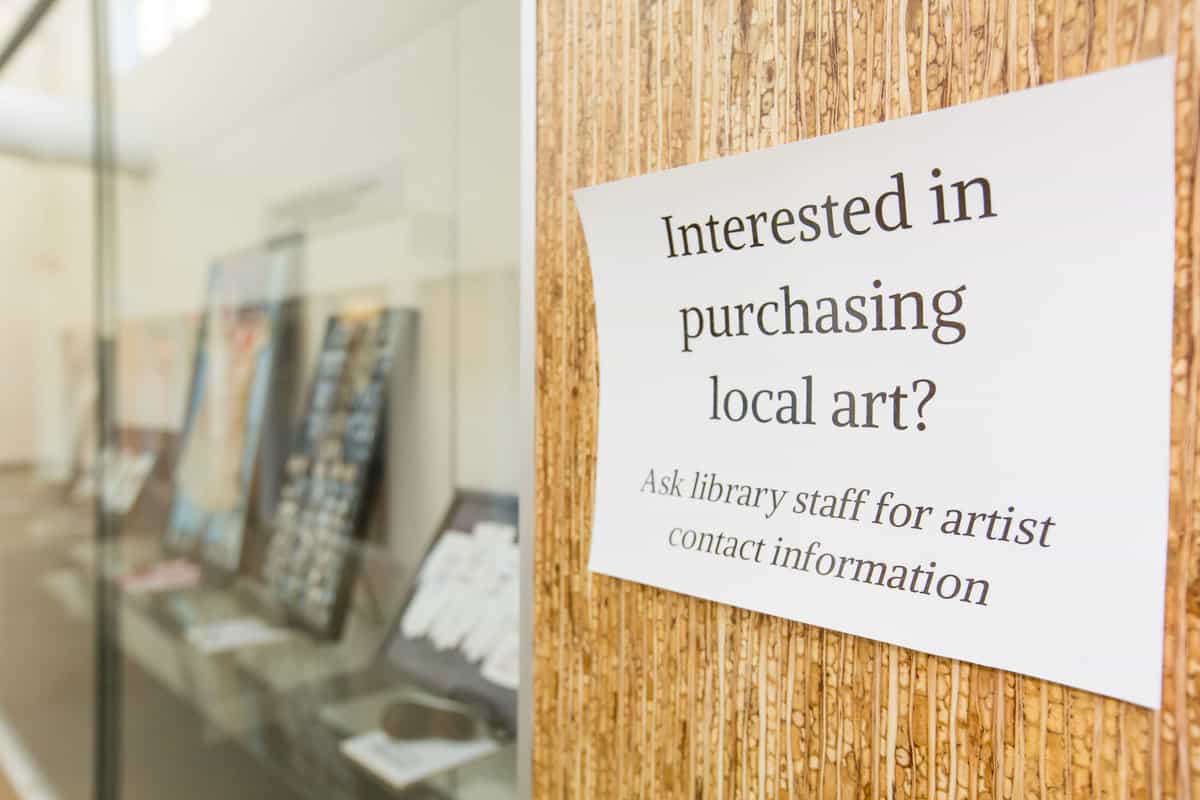By Miranda Donnellan Archives are not infallible. As a librarian, this is a fact of life. But as a digital humanist, I am empowered to solve this problem. For my Public Digital Humanities Certificate capstone, under the guidance of Cornell College’s Professor Kirilka Stavreva, I created a digital archive highlighting the works of Jewel BothwellContinue reading “The Literary Heritage of Cornell College: Creating Digital Resources to Support Our Community”
Category Archives: PDH Certificate
The Literary Heritage of Cornell College: Using Digital Resources to Preserve the Past by Miranda Donnellan
Archives are not infallible. Paper disintegrates, photos acidify, and even metal rusts and ages. Every librarian and archivist knows that preservation relies on prevention far more than restoration, but there is only so much control you can exert over nature’s most significant force: time. As a joint Library Science and Digital Humanities student, I amContinue reading “The Literary Heritage of Cornell College: Using Digital Resources to Preserve the Past by Miranda Donnellan”
Women scientists in pre-WWII Tokyo: Lessons learned
My capstone project for the Public Digital Humanities certificate focused on creating an interactive map of women scientists and academic institutions in pre-WWII Tokyo. The dominant narrative of modern Japan’s scientific journey has centered on the contributions of male scientists and male-only academic institutions. This project is an attempt to undo the erasure of womenContinue reading “Women scientists in pre-WWII Tokyo: Lessons learned”
Shedding a Light on Women in Science
Not many people today can name women scientists other than Marie Curie. You may have watched Oppenheimer over the summer – do you remember the name of a woman scientist who joined him in Los Alamos? Sadly, chemist Lilli Hornig is far less known compared to the male scientists in the film such as Einstein,Continue reading “Shedding a Light on Women in Science”
Behind the scenes: On facing failure and preparing for a new beginning
My digital capstone experience has been a learning experience in the best possible way. That is to say that, while I didn’t accomplish nearly as much as I had hoped to get done, I did learn a great deal which will make my digital humanities work more effective and efficient in the future. Cleaning theContinue reading “Behind the scenes: On facing failure and preparing for a new beginning”
Migration Mapping Journey: Engaging with digital tools and progressing
For my QGis mapping project, I mapped the migration patterns of the Chewa and Chikunda ethnic groups to Zimbabwe between 1900-1970. The primary objective of my capstone project was to develop a map that helps illustrate and visualize the argument I make in my dissertation. The map was the best suitable visual mode because itContinue reading “Migration Mapping Journey: Engaging with digital tools and progressing”
Reflecting on digital publishing accessibility and academic publishing
My digital certificate journey is coming to an end. As I continue to work on my dissertation, I will continue to think about the skills I have learned working with the digital studio team. When I started my project, my goals were: 1. learn to scrape data from posts and comment sections from two mainContinue reading “Reflecting on digital publishing accessibility and academic publishing”
Embracing flexibility in my capstone Project
Working on my digital capstone project has been a lesson not only in creating digital exhibits, but in flexibility. During the summer of 2022 I thought that I had developed the perfect plan for a digital capstone. I wanted to do a theatre archiving project using the works of Iowa-born playwright Susan Glaspell. My initialContinue reading “Embracing flexibility in my capstone Project”
Words of Art: Archiving North Liberty Library Artists
Adding my graduate studies to my already packed schedule was not a decision I came to lightly. In addition to my studies at the University’s School of Library Information and Sciences (SLIS), I’m also employed full-time as a Public Services Librarian. These past two years, fast as they seem in retrospect, was a journey intoContinue reading “Words of Art: Archiving North Liberty Library Artists”
Mapping Connections in the Zambezi Basin, Southern Africa
I am a History Ph.D. student writing a dissertation that analyzes a migrant community in the Mazoe district of Zimbabwe in Africa. The Capstone project I am working on is a flow map that will become a part of my dissertation. Integral to the dissertation thesis I am developing are discussions of relationships between theContinue reading “Mapping Connections in the Zambezi Basin, Southern Africa “



